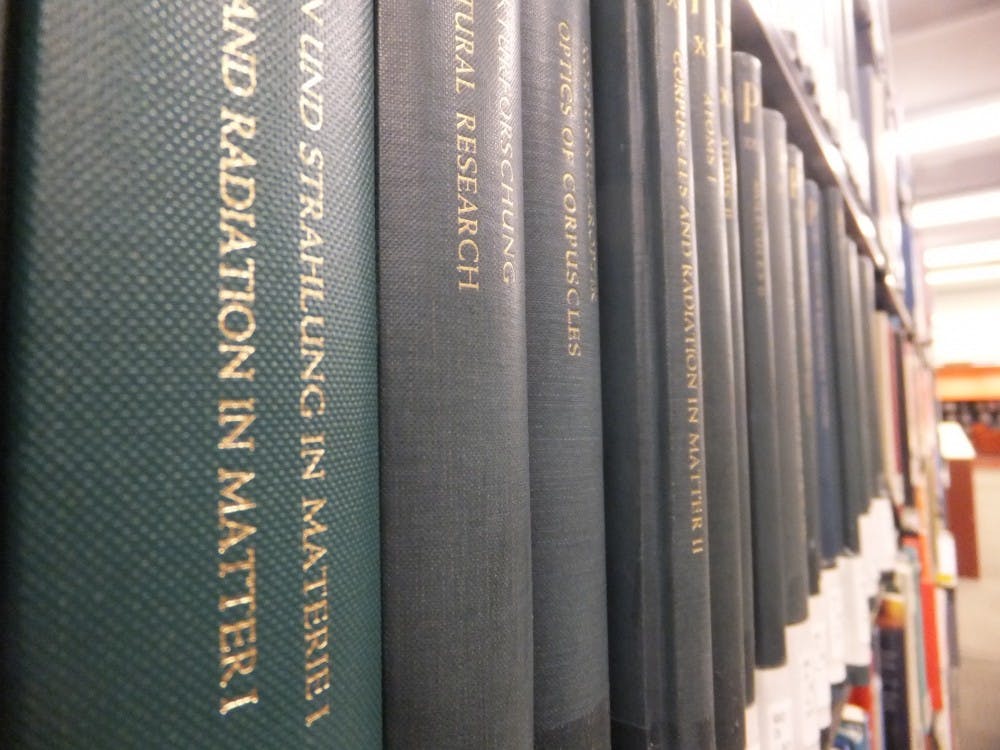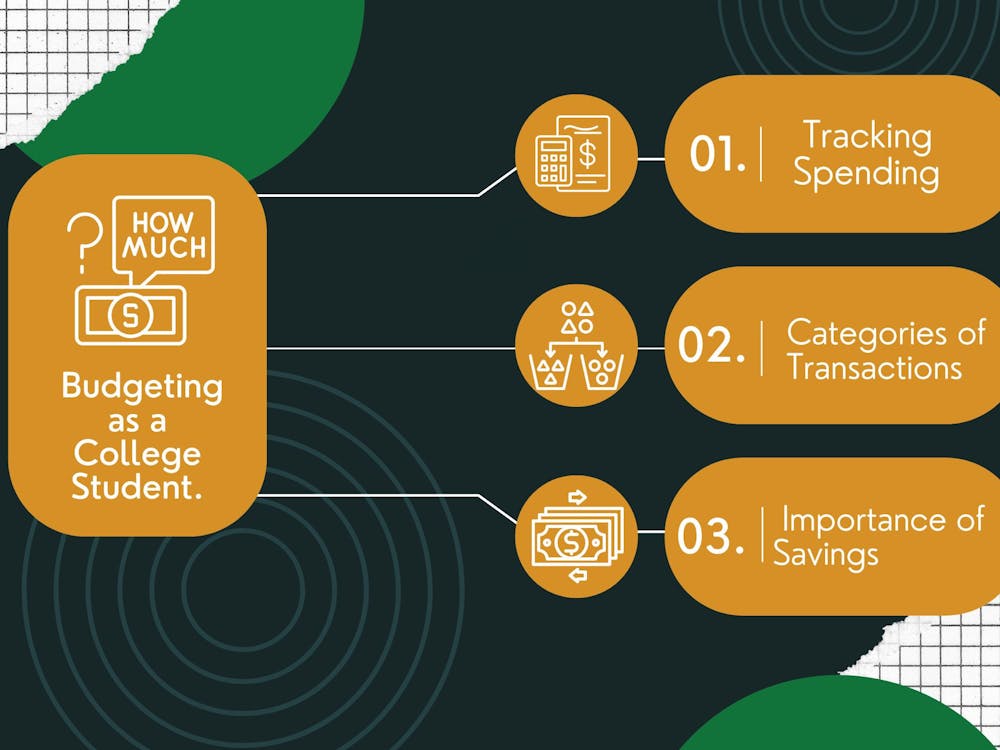By Maggie Smet |
When was the last time you weren’t allowed to read a book or check it out in a library?
For UP students 50 years ago, as well as people across the country, this was constant a reality.
This week, libraries, schools and readers are celebrating Banned Books Week. Started in 1982 in response to a rise in book banning and challenges across the nation, banned Books Week brings attention to the complicated dialogue of censorship of books in America. It is run in partnership by many organizations, including the American Library Association (ALA) and the National Council for the Teachers of English.
Books historically banned at UP:
Up until 1966, the Catholic Church had a List of Forbidden Books, or Index Liorum Prohibitorum. This list included works by Locke, Rousseau, Sartre, Dumas, Milton, Defoe and Swift. Reading these books was considered a sin because of the heretical ideas they contained. As a Catholic institution, UP controlled the distribution of these materials.
At UP, books that were on the list were kept in the Archive room. Permission to read these books could only be obtained by writing a letter to the bishop of the diocese, according to a University of Portland Religious Bulletin from Feb. 25, 1959. This permission was almost always granted for academic purposes.
Other books that were not on the list, but marked as questionable or borderline, were allowed on the open shelves, but had a notice in the front cover, denoting possibly unsuitable material for students.
The List of Forbidden Books was repealed by Pope Paul VI in 1966, and the list became more like guidelines for Catholics, rather than strict rules.
After this decision in Rome, the September 1966 issue of The Beacon reported that the chairman of the Faculty of Library Science, Fr. Joseph P. Browne, promised to “get those materials on the shelf that were formerly under lock and key.”
He continued, “The second step will be an attempt to purchase materials previously forbidden which would be valuable in such fields as theology, philosophy, and literature.”
A document for UP librarians details these guidelines for abiding to church law and a guide for Catholic university libraries by Fr. Redmond A Burke offers further guidelines.
“Catholics believe in censorship for themselves. They also believe that intellectual freedom must be protected,” Burke said.
Ban to protect
For many, trying to understand why a beloved book would be banned is perplexing. The ALA commonly banned books list repeats a similar refrain of reasons for banning books: offensive language, sexually explicit material, violence, unsuitable for age group and racism.
Public libraries and schools are often the battlegrounds for deciding what is appropriate for young readers. The official stance of the ALA is they cannot act “In locos parentis” or in the place of the parent. The library, as a public space of free information, doesn’t play the role of parent, telling patrons what is and isn’t okay to read.
According to the ALA, parents are the most common leaders of book challenges. However, challenges brought against books aren’t always coming from parents concerned about exposing children to sex and violence. During her time as a public librarian, library dean Drew Harrington remembers challenges coming against books for being too politically conservative or liberal.
Although banning books may have a negative connotation, there may be some times and places where a book is inappropriate. English professor John Orr has to be aware of students’ experiences when teaching books. One instance of this is a rape scene in Toni Morrison’s “The Bluest Eye” that according to Orr is presented “almost as an act of misplaced love.”
“The reality is that there’s girls in my class that have been raped,” Orr said. “I don’t want to present something in a way that’s not questioning the way it’s being presented in the book.”
In speaking of the same book, education professor Peter Thacker acknowledges the problematic and disturbing nature of certain scenes but recognizes the importance of access over personal taste.
“You’re left so empty and so upset, but that’s me,” Thacker said. “And I know what I will and won’t teach, but I won’t keep someone else from having access from books.”
Books challenge beliefs
What one person finds beautiful and inspiring, another person may see as dirty and offensive. The debate over banned books boils down to how a person views their world and how they want to live in it.
“(Controversial books) challenge someone’s belief systems or offend their cultural sensibilities in some way,” Orr said.
For many people, banning books is a way of controlling an environment or world view, especially for children and teens.
“It’s people’s own attempt to keep their world small enough,” Thacker said. “They don’t have to look at bigger issues.”
For Harrington, this wide range of beliefs and worldviews is fundamental to the process of education.
“Any education is about learning multiple points of view,” Harrington said. “If you don’t have a variety of points of view, you aren’t getting an education, you’re getting an indoctrination. ”
These challenges to held beliefs and controversial subject matter may be one of the reasons why certain books are both fiercely reviled and beloved.
“Almost anything that you would consider really wonderful has been banned, I guess because they’re powerful,” Harrington said. “If it was wonderful, it was powerful. ”
Most Challenged Books of 2012:
Captain Underpants (series), by Dav Pilkey
Reasons: Offensive language, unsuited for age group
The Absolutely True Diary of a Part-Time Indian, by Sherman Alexie
Reasons: Offensive language, racism, sexually explicit, unsuited for age group
Thirteen Reasons Why, by Jay Asher
Reasons: Drugs/alcohol/smoking, sexually explicit, suicide, unsuited for age group
Fifty Shades of Grey, by E. L. James.
Reasons: Offensive language, sexually explicit
And Tango Makes Three, by Peter Parnell and Justin Richardson.
Reasons: Homosexuality, unsuited for age group
The Kite Runner, by Khaled Hosseini.
Reasons: Homosexuality, offensive language, religious viewpoint, sexually explicit
Looking for Alaska, by John Green.
Reasons: Offensive language, sexually explicit, unsuited for age group
Scary Stories (series), by Alvin Schwartz
Reasons: Unsuited for age group, violence
The Glass Castle, by Jeanette Walls
Reasons: Offensive language, sexually explicit
Beloved, by Toni Morrison
Reasons: Sexually explicit, religious viewpoint, violence
Source: http://www.ala.org/bbooks/frequentlychallengedbooks/top10
Classic Books Commonly Challenged:
1. The Great Gatsby, by F. Scott Fitzgerald
2. The Catcher in the Rye, by J.D. Salinger
3. The Grapes of Wrath, by John Steinbeck
4. To Kill a Mockingbird, by Harper Lee
5. The Color Purple, by Alice Walker
6. Ulysses, by James Joyce
7. Beloved, by Toni Morrison
8. The Lord of the Flies, by William Golding
9. 1984, by George Orwell
10. Lolita, by Vladmir Nabokov
Source: http://www.ala.org/bbooks/frequentlychallengedbooks/classics








